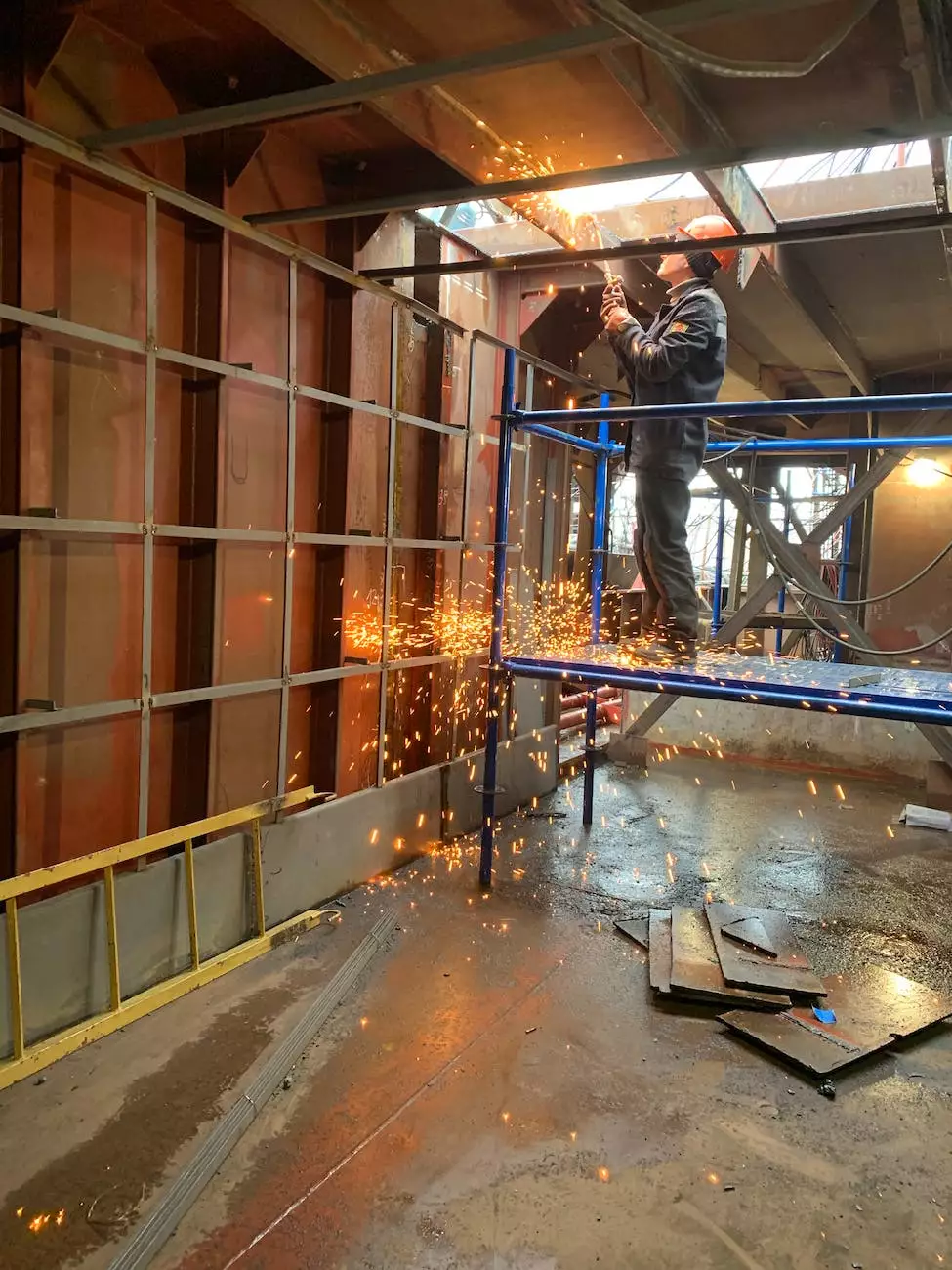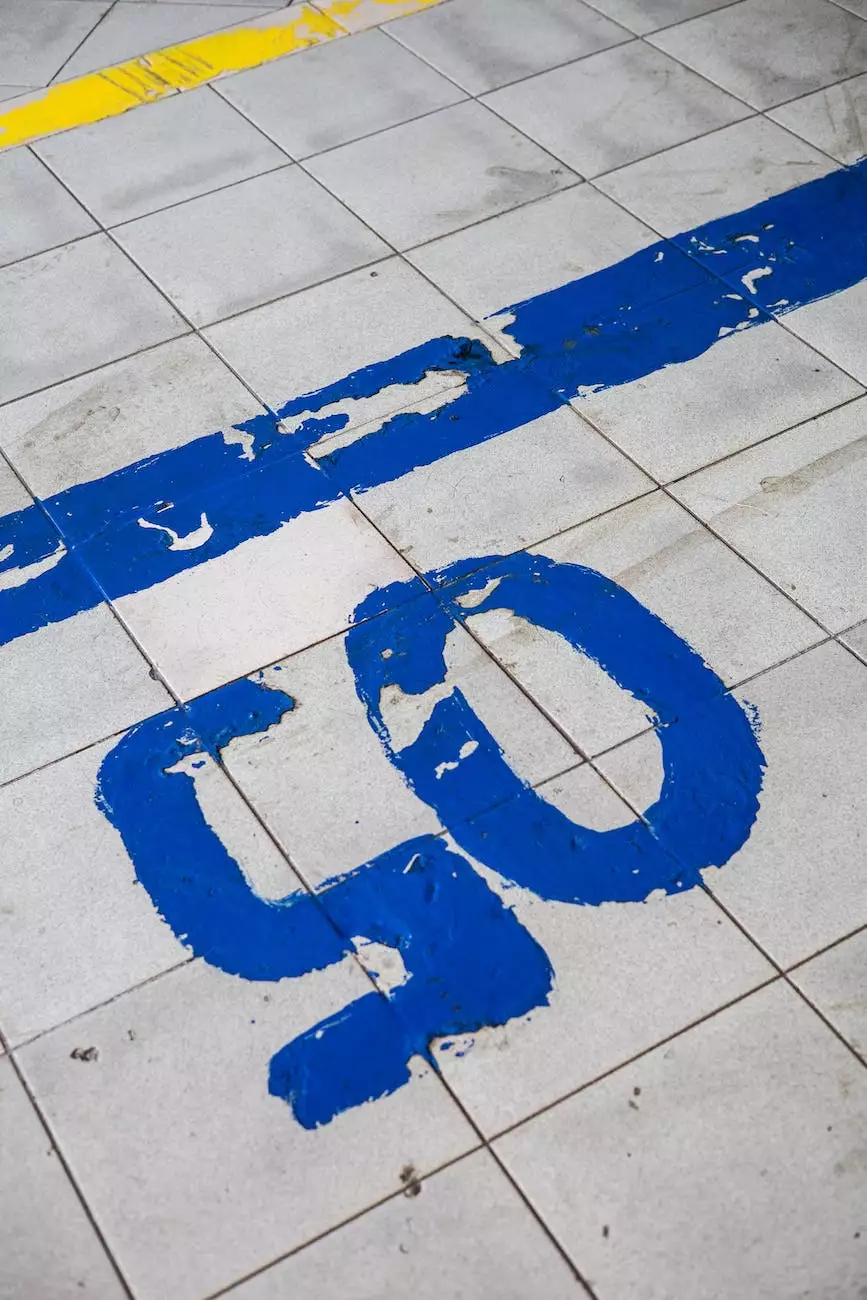Asphalt Patching Vs. Resurfacing: Know the Differences
Blog
Introduction
Welcome to the Stamped Concrete Miami Beach guide on asphalt patching and resurfacing methods. If you own a property with an asphalt surface, it is important to understand the differences between these two options for maintenance and repairs. Making the right choice can save you time, money, and extend the longevity of your asphalt surface.
Understanding Asphalt Patching
Asphalt patching is a repair technique used to fix specific areas of an asphalt surface that have deteriorated or are damaged. This method involves removing the damaged section and replacing it with new asphalt. Patching is a cost-effective solution for fixing potholes, surface cracks, and localized damage.
When patching asphalt, it's crucial to ensure that the existing base is in good condition. If the base is compromised, it should be repaired first to prevent future issues. The damaged area is excavated, cleaned, and then filled with new asphalt materials, ensuring proper compaction and a seamless integration with the surrounding surface.
Asphalt patching offers targeted repair for isolated problem areas, making it an ideal option when the overall condition of the surface is still relatively good. It is a common choice for small-scale repairs that do not warrant resurfacing the entire asphalt surface.
Exploring Asphalt Resurfacing
Asphalt resurfacing, also known as overlay, is a more extensive procedure that involves applying a new layer of asphalt on top of the existing surface. This method is usually chosen when the overall condition of the asphalt is deteriorating, but the base layer is still intact and in good condition.
Resurfacing not only addresses existing surface damage but also provides a refreshed appearance and improved smoothness. It helps to restore the structural integrity of the asphalt and provides added protection against further deterioration caused by weathering, UV rays, and heavy traffic.
The resurfacing process begins with thorough cleaning and repairing of any cracks or potholes present. A new layer of asphalt is then applied, typically ranging from 1.5 to 2 inches thick, depending on the specific requirements. Proper compaction and rolling ensure a smooth finish and optimal bond with the existing layer.
Resurfacing is a cost-effective solution for enhancing the overall appearance and functionality of an asphalt surface. It can extend the lifespan of the asphalt by several years, reducing the need for extensive repairs or replacement.
Which Option Should You Choose?
Deciding between asphalt patching and resurfacing depends on various factors such as the extent of damage, the overall condition of the surface, budget constraints, and time considerations. Consulting with a professional asphalt contractor is recommended to accurately assess the condition and recommend the most appropriate solution.
If you are dealing with localized damage, such as potholes or cracks, asphalt patching is likely the preferred choice. It allows for targeted repair while preserving the existing surface. However, if the entire asphalt surface is showing signs of deterioration, resurfacing provides a more comprehensive solution.
Remember, proper maintenance and regular inspections are key to preventing major issues and extending the lifespan of your asphalt surface. It is crucial to address any damage promptly, whether it requires patching or resurfacing, to avoid costly repairs in the future.
Conclusion
In summary, understanding the differences between asphalt patching and resurfacing can help you make informed decisions regarding the maintenance and repairs of your asphalt surface. Stamped Concrete Miami Beach recommends assessing the condition of your asphalt, consulting with professionals, and choosing the most suitable option based on your specific needs. By maintaining your asphalt, you can ensure its durability, appearance, and functionality for years to come.




